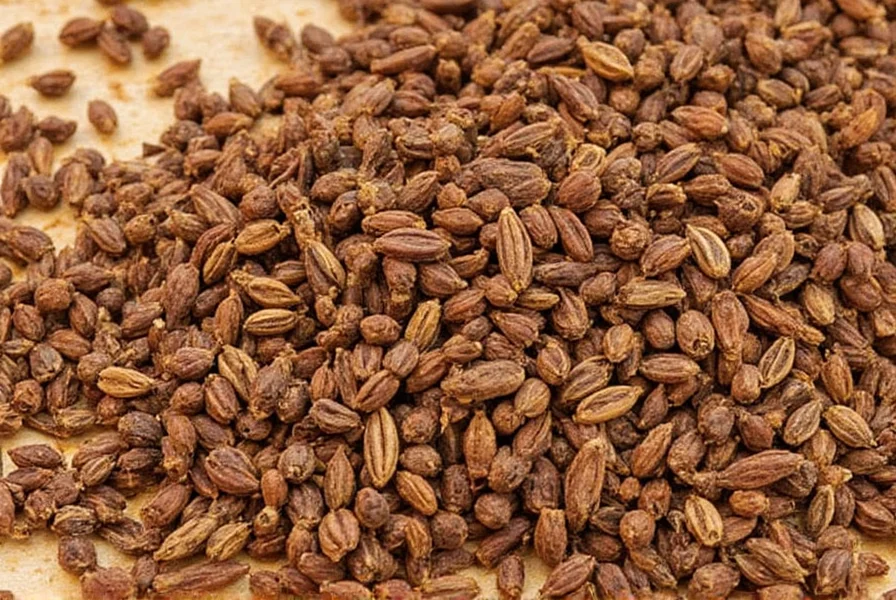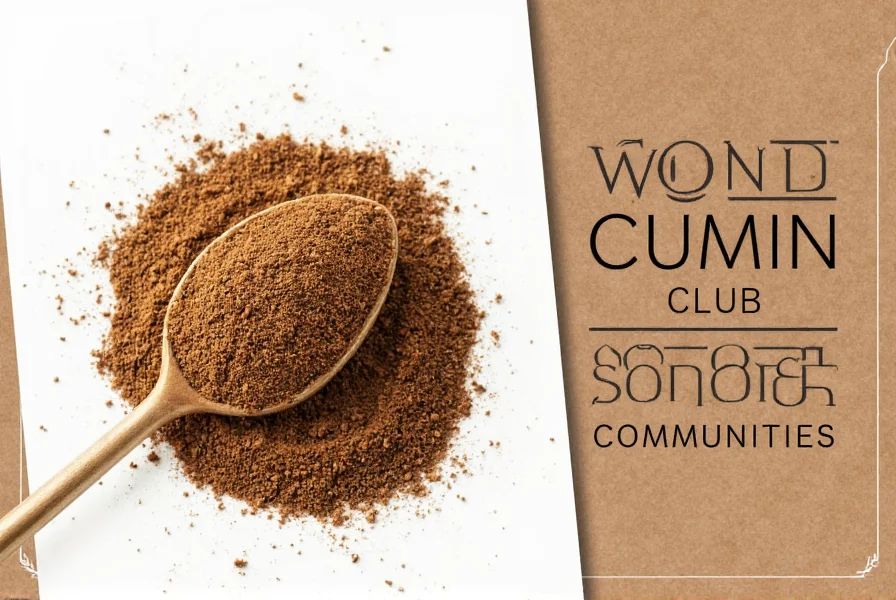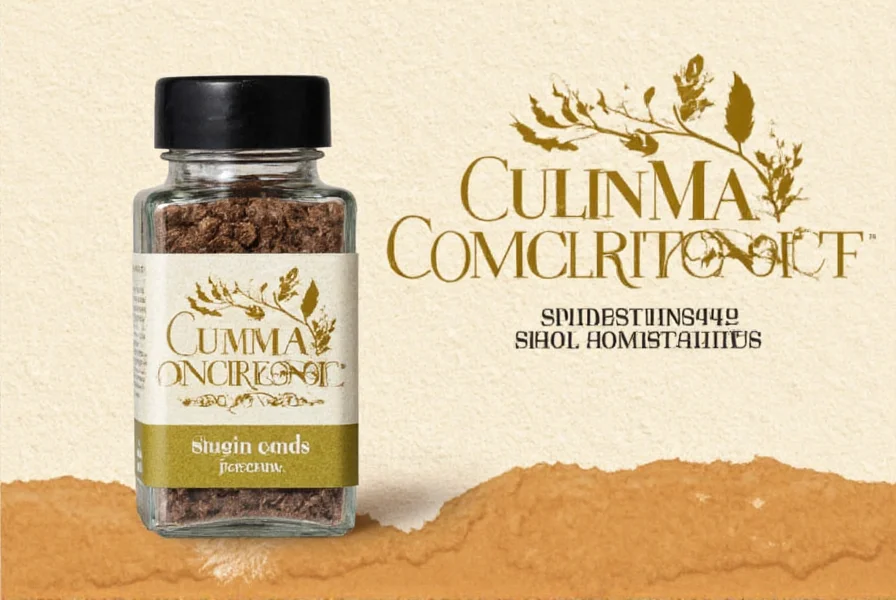Many culinary enthusiasts search for \"cumin club\" when exploring ways to deepen their knowledge of this versatile spice. While no single \"Cumin Club\" dominates the market, several organizations and services cater to those passionate about incorporating high-quality cumin into their cooking repertoire. Understanding what these clubs offer helps spice lovers make informed decisions about joining or creating their own cumin-focused community.
What Exactly Is a Cumin Club?
Cumin clubs generally fall into three main categories that serve different aspects of spice appreciation. First, spice subscription services deliver curated cumin varieties directly to members' doors, often including different regional types like Indian, Middle Eastern, or Mexican cumin. Second, cooking education groups host workshops focused on cumin-based recipes and techniques. Third, cultural appreciation societies explore cumin's historical significance across global cuisines.
Unlike standardized organizations with formal membership structures, most cumin clubs operate as niche communities within larger culinary networks. Some operate exclusively online through social media groups, while others maintain physical meeting spaces in culinary schools or specialty food stores. The best cumin clubs emphasize education about proper storage, toasting techniques, and pairing suggestions to maximize flavor potential.

Benefits of Joining a Cumin-Focused Community
Participating in a cumin club provides tangible advantages for home cooks and professional chefs alike. Members gain access to premium cumin varieties that often surpass supermarket quality, including freshly ground options and rare regional specialties. Many clubs offer exclusive recipe collections featuring authentic dishes from cumin-rich culinary traditions.
| Club Type | Frequency | Typical Cost | Key Benefits |
|---|---|---|---|
| Spice Subscription | Monthly/Quarterly | $15-$40 | Fresh cumin varieties, recipe cards, usage guides |
| Cooking Workshops | Weekly/Monthly | $25-$75/session | Hands-on instruction, tasting sessions, chef access |
| Cultural Appreciation | Monthly/Quarterly | Free-$20 | Historical context, regional cooking demonstrations |
Finding the Right Cumin Club for Your Needs
When searching for a cumin-focused group, consider your primary interest area. Those seeking premium ingredients should look for spice subscription services that emphasize freshness and sourcing transparency. Cooking enthusiasts benefit most from hands-on workshop series that teach proper cumin preparation techniques. Cultural explorers might prefer groups that examine cumin's role in specific regional cuisines.
Verify a club's credibility by checking if they provide information about their cumin sources, including growing regions and harvest dates. Reputable organizations often share details about whether their cumin is conventionally or organically grown, and whether it's processed in dedicated facilities to prevent cross-contamination. Look for clubs that offer educational content about proper storage methods to maintain cumin's volatile oils and maximize shelf life.
Cumin's Global Culinary Significance
Cumin appears in diverse culinary traditions worldwide, each with distinctive preparation methods. In Indian cuisine, cooks often toast whole cumin seeds in hot oil to release aromatic compounds before adding other ingredients. Middle Eastern recipes frequently use ground cumin in spice blends like baharat and za'atar. Mexican cooking incorporates cumin in bean dishes and certain mole preparations, while North African tagines rely on cumin for distinctive flavor profiles.
Understanding these regional differences helps club members appreciate why certain cumin varieties work better for specific dishes. Moroccan cumin tends to have earthier notes suitable for tagines, while Indian cumin offers brighter citrus undertones perfect for curries. This knowledge transforms casual cooking into a more intentional culinary practice.

Creating Your Own Cumin Appreciation Group
When existing clubs don't meet your specific interests, consider starting your own cumin-focused community. Begin by identifying fellow enthusiasts through local cooking schools, farmers' markets, or online forums. Structure your group around a specific theme, such as \"Cumin in Historical Recipes\" or \"Regional Cumin Varietals Comparison.\"
Successful homegrown clubs establish regular meeting rhythms with clear educational objectives. Some groups rotate hosting duties, with each member researching and presenting on a different aspect of cumin usage. Others focus on practical application, preparing one cumin-centric dish per meeting while discussing its cultural context. Documenting your group's discoveries creates valuable reference material for members and potential future participants.
Maximizing Your Cumin Experience
Whether joining an established club or creating your own, certain practices enhance your cumin appreciation journey. Always store cumin seeds in airtight containers away from light and heat to preserve volatile oils. For maximum flavor, toast whole seeds briefly in a dry pan before grinding. Different dishes benefit from specific cumin forms - whole seeds work best for slow-cooked dishes, while freshly ground cumin shines in finishing sauces and dressings.
Experiment with pairing cumin with complementary spices like coriander, turmeric, and smoked paprika to create balanced flavor profiles. Note how cooking technique affects cumin's flavor expression - adding it early in the cooking process creates deeper, earthier notes, while finishing with cumin provides brighter, more pronounced flavor. Keeping a spice journal helps track these subtle differences across recipes and applications.
Frequently Asked Questions
What is the primary purpose of a cumin club?
Cumin clubs primarily exist to educate members about cumin varieties, proper usage techniques, and cultural significance in global cuisines. They provide access to premium cumin products and foster community among spice enthusiasts through shared learning experiences.
How can I verify a cumin club's credibility?
Check if the club provides transparent information about their cumin sources, including growing regions and harvest dates. Reputable clubs share details about organic certification, processing methods, and storage recommendations. Look for educational content about cumin's chemical properties and flavor profiles, which indicates genuine expertise.
What makes cumin different in various global cuisines?
Cumin varieties differ based on growing region, with Indian cumin having brighter citrus notes, Middle Eastern cumin offering earthier tones, and Mexican cumin providing distinctive warmth. Preparation methods also vary - Indian cuisine often toasts whole seeds first, while Mexican cooking frequently uses ground cumin directly in bean dishes and salsas.
Should I join a cumin club or start my own?
Join an established club if you want structured learning and access to premium products. Start your own group when you have specific interests not addressed by existing clubs, such as focusing on historical cumin recipes or particular regional varieties. Many enthusiasts participate in both established clubs and informal local groups for comprehensive learning.











 浙公网安备
33010002000092号
浙公网安备
33010002000092号 浙B2-20120091-4
浙B2-20120091-4